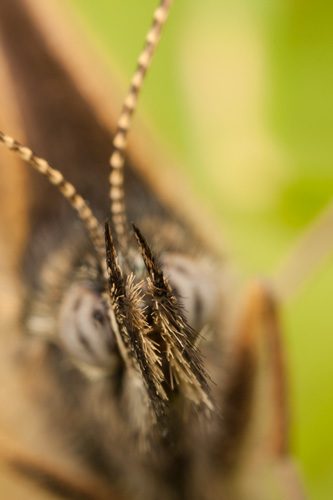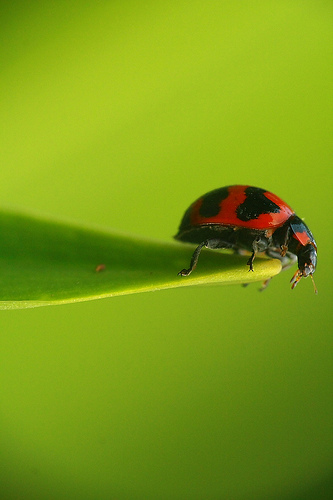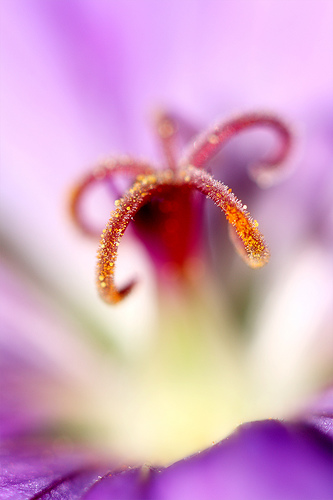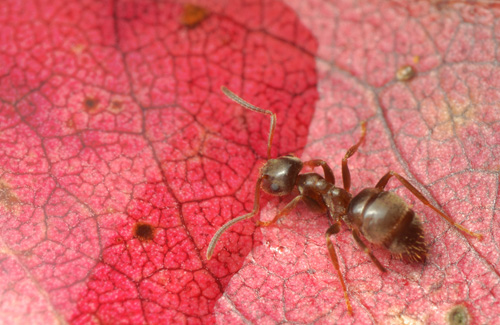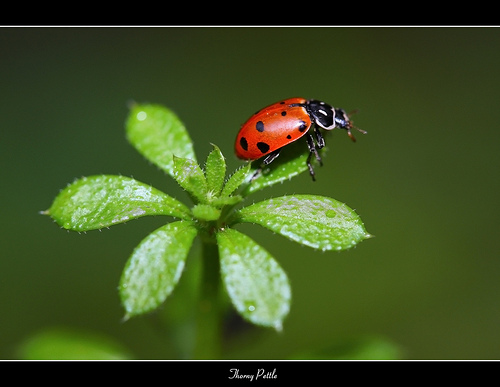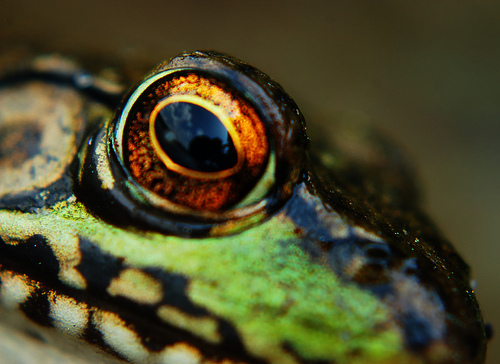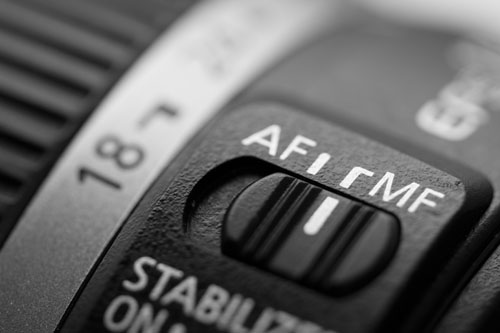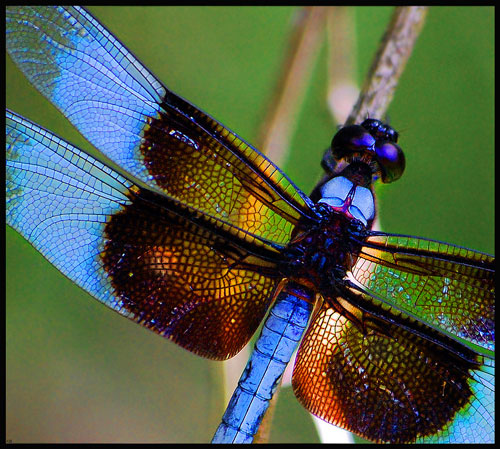The autofocus systems in modern cameras can usually focus a lot faster than we can focus the camera / lens manually. But there are some situations where using manual focus may be preferable. In this article we'll look at some examples of where using manual focus can give better results than autofocus. (Tips on the actual process of focusing manually will be covered in a separate upcoming article).
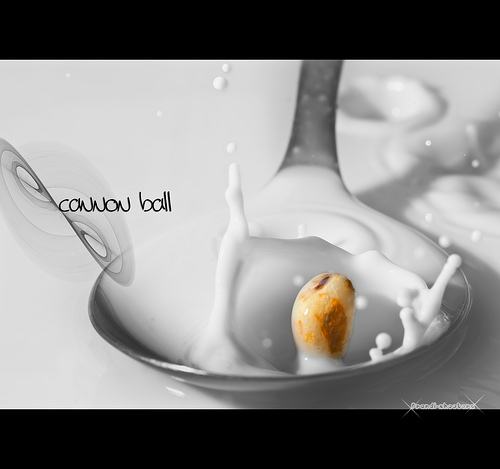
cannon ball by fRandi-Shooters on flickr (licensed CC-BY)
The most obvious situation when you'd want to use manual focus is when autofocus isn't working. When the camera can't autofocus correctly, or is finding it difficult to autofocus, you'll often find that the autofocus will 'hunt'. This is where the focus is racked back and forth between infinity and the closest focus of the camera, in an effort by the camera to try and find the point where the subject is in focus.
Most cameras will flash the active focus area in the viewfinder or on the LCD and beep when focus has been successfully achieved. If your camera is having trouble autofocusing, then switching to manual focusing would be advisable.
Read the rest of this entry »

